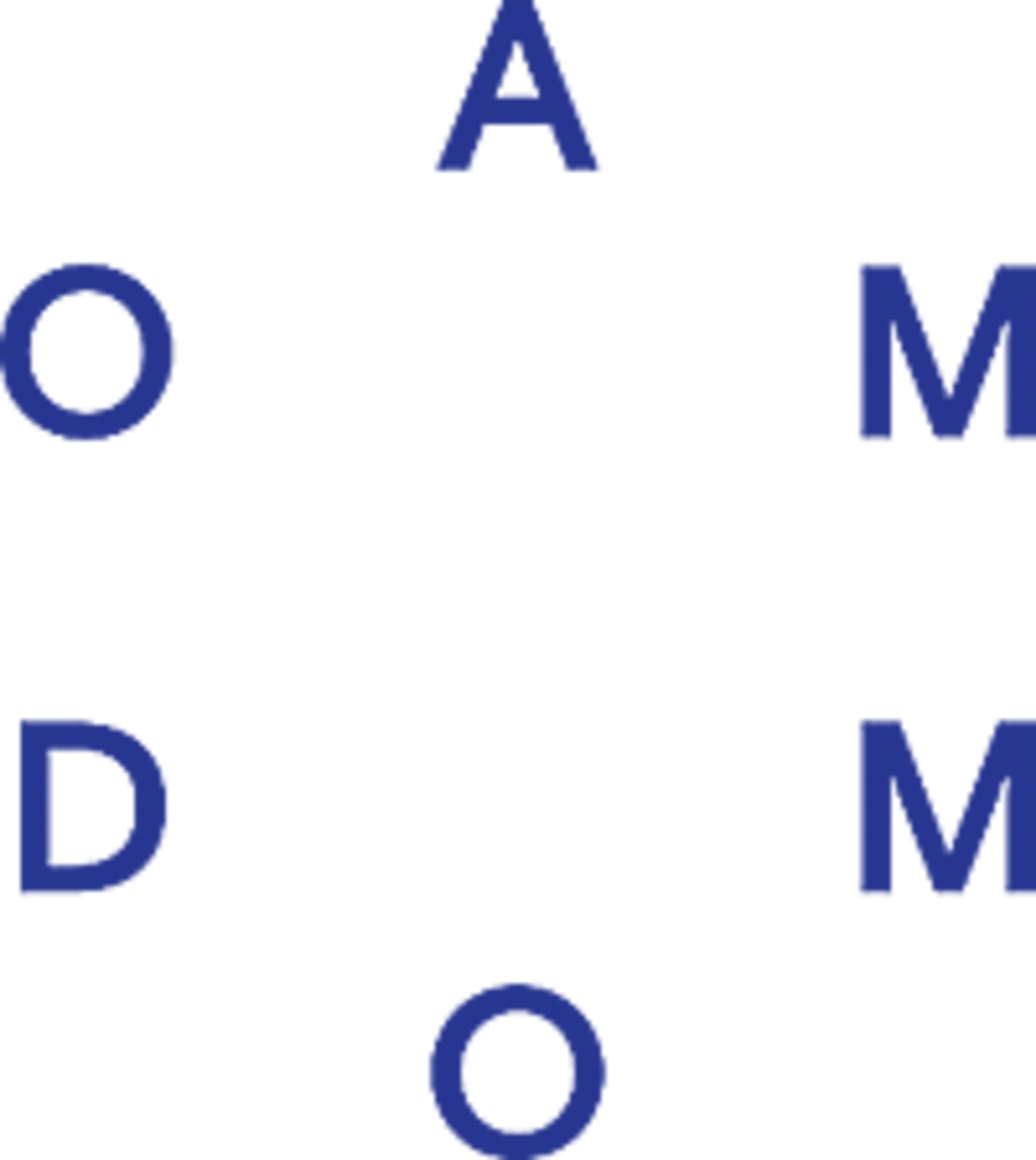Supported By
Ammodo, ifa (Institut für Auslandsbeziehungen), Mondriaan Fund has contributed to these exhibition through the Artists' Fee Compensation Scheme



While much attention is paid at present to how society creates waste, Lucy Beech is preoccupied with how waste shapes society. The latest works by the visual artist and filmmaker consider ways in which the uses of waste, for example in the context of science and fiction, have come to “blur boundaries between social constructs and biological realities.” They probe both real-life and imaginary experiences that expand on understandings of gender, desire, and at times, crisis. The artist’s solo exhibition, Ooze, presents their new film Flush, commissioned by Kunstinstituut Melly. It also includes the Dutch premiere of Beech’s Warm Decembers (2022), as well as their earlier work, Reproductive Exile (2018).
To create these films, Beech corresponded with historians, poets, and doctors as well as shadowing specialists in waste management and reproductive science. They focus in particular on waste matter that does not easily fit into a single category nor field of research and production. A common thread throughout the moving images presented in Ooze is the probing of ideas about waste, value, gender, and productivity, as much as the reproductive links between them.
However differently, each of the films also conveys—or may perhaps trigger—a form of resistance. This is evident in the sheer density of scientific research that Beech has succinctly elucidated in their moving images; by an impending sense of rejection in the storylines, images, or characters these films present; and, no less, by the abject and visually palpable viscosity of fluids featured throughout. Beech explains that, “A focus on viscosity offers a lens through which to consider the forces and stresses involved in the de/formation of waste materials, language, and ideas about the body.”
The fluids in the works range from gluts of piss and wastewater to drops of blood and injection spills. Liquid organisms twirl through microscopes, and endoscopes capture unsettled fluids. There is rain and mud, runny feces and teary eyes. Colored substances fill buckets, pipes, and hoses, vials, syringes, and catheters. Water is kept in basins for cleansing bodies, and floors are made reflective by floods. Beech melds this kind of imagery with close-up takes of animal and human skins, of eyes meeting, of eavesdropping.
In Beech’s films, animals seem to copulate in the wild, while subject to testing in both farms and labs. Whenever this is the case, the footage shows real events shot by the artist at different locations. In their films, people, too, happen to fall upon or willingly submit themselves to altered inner states and experiment rooms. These shots are staged and recorded by Beech. Ultimately, the films show biological matter moving between characters and across borders, which are marked by governing ethical mores, the limits of laboratories, national boundaries, or, ultimately, by some combination of these.
Each film displayed in Ooze presents a unique scenario. Experiments in endocrinology are a point of contention in the newest film Flush (2023), the protagonist of which is the freemartin: an intersex calf born from twin-pregnancy. From birth, these cows are neither deemed total waste nor fully used in industry, be that food or science. Beech visits a research lab, where human placentas are studied for information on hormonal flows and reactions, a process which was created in the study of freemartins. In Flush, which was largely shot in the Netherlands, Beech maps fluids flowing in and out of these experiments, which can be traced to urine donation centers and the pharmaceutical world.
Urine from horses and from people experiencing menopause are among the fluids that seep throughout Reproductive Exile. In this film, the main location is a fertility-assistance medical center of the Future Life Group, where Anne, the protagonist, comes to meet and correspond with Eve, who is a stainless-steel reproduction of Anne’s own reproductive system. In Warm Decembers, Beech weaves together experiences of crisis, love, and gender in psychological and biological transitions. There are recurring expressions of tending and tenderness in this film. Shot in a variety of landscapes, and in dreamscapes and stage sets created by Beech, the work is inspired by words that didn’t quite make it into a prose poem by Eve Kosofsky Sedgwick; Beech draws on Sedgwick’s “wasted” notes.
In Ooze, a particular time period cannot easily be discerned. It is most likely our present, possibly a near future. Geographical location is left unspecified, too, though it's presumably in Europe. Regardless, the storylines unfold in familiar spaces; grass plains, forests, farms, labs, spas, and medical clinics. The intentional looping of each film leaves any origin undefined, any linear narrative unable to accumulate. The scenes propose no clear-cut conclusion to the scientific experiments, nor resolutions to poetic musings.
The opacity of the storylines is thus counterposed with the clarity of images, the crispness of surround sound, and the lucidity of thought voiced in these films. Epistolary monologues, demonstrative speaking, character dialogues, poetic recitals, and group conversations; these are the various types of verbal expression that Beech beautifully couples with their moving images. While some lines appear as voice-overs in places, commanding essayistic narrations are largely avoided.
To create the scripts, Beech worked with writers, scholars, and scientists. One of their collaborators is science historian Tamar Novick. The author of the forthcoming book Milk and Honey: Technologies of Plenty in the Making of a Holy Land, expected July 2023, Novick’s work delves into waste and reproduction along the human-animal divide. Beech and Novick co-authored The Sex Panic and The Productive Infertility of The Freemartin (2023), from which the poetic film script for Flush was developed. For Warm Decembers, Beech collaborated with poet Cassie Westwood, who is featured reading parts of her work The Use of the Poem in Transition (2022) at the start and end of the film. The film’s title comes from an earlier text by Eve Kosofsky Sedgwick, The Warm Decembers (1978 –1987). These are among many other collaborators listed in a fourth film projection playing at the start of the exhibition, designed as a rolling credits film intertitle.
Beech, who was born and raised in the UK, has just completed a two-year fellowship at the Max Planck Institute for the History of Science. Located in Berlin, where Beech lives and works, the focus of this research institute is on “scientific thinking and practice as historical phenomenon.” There, the artist’s research gave special attention to the relationship between bodily waste and reproduction processes. Beech also created the research group Working with Waste, composed of artists, scientists, and other practitioners. But while Beech conducts rigorous research, and while some of the experiments featured in their films are real, the work of their artistic practice falls decidedly into the category of speculative fiction. The artist champions the hypothetical and generative “what if?” that art, creativity, and science share.
The films presented in Ooze were shot by Beech in 4K and include surround sound. The duration of each is between 15 and 30 minutes. At Kunstinstituut Melly, the experience of these films’ lush images and sound is heightened by insulated, darkened galleries. Ooze is presented in the institution’s second-floor galleries. To realize this exhibition, Kunstinstituut Melly collaborated with two institutions in Germany: Edith-Russ-Haus für Medienkunst in Oldenburg and Kunstverein Harburger Bahnhof in Hamburg.
Lucy Beech: Ooze is curated by Sofía Hernández Chong Cuy, with curatorial assistance by Julija Mockutė. Flush was commissioned by Kunstinstituut Melly, thanks to the support of Ammodo. The exhibition is additionally supported by ifa: Institut für Auslandsbeziehungen and Mondriaan Fonds. Warm Decembers was made possible thanks to the support of Kunstverein Gartenhaus in Vienna, Edith-Russ-Haus für Medienkunst in Oldenburg, Stiftung Niedersachsen, and Max Planck Institute for the History of Science in Berlin. Reproductive Exile was commissioned by Lafayette Anticipations in Paris.
Ammodo, ifa (Institut für Auslandsbeziehungen), Mondriaan Fund has contributed to these exhibition through the Artists' Fee Compensation Scheme


